Planting Catnip In A Pot – How To Grow Catnip In Containers
It's easy to grow catnip in a container. Start it indoors and transplant it to pots or the garden. Your cat will thank you.
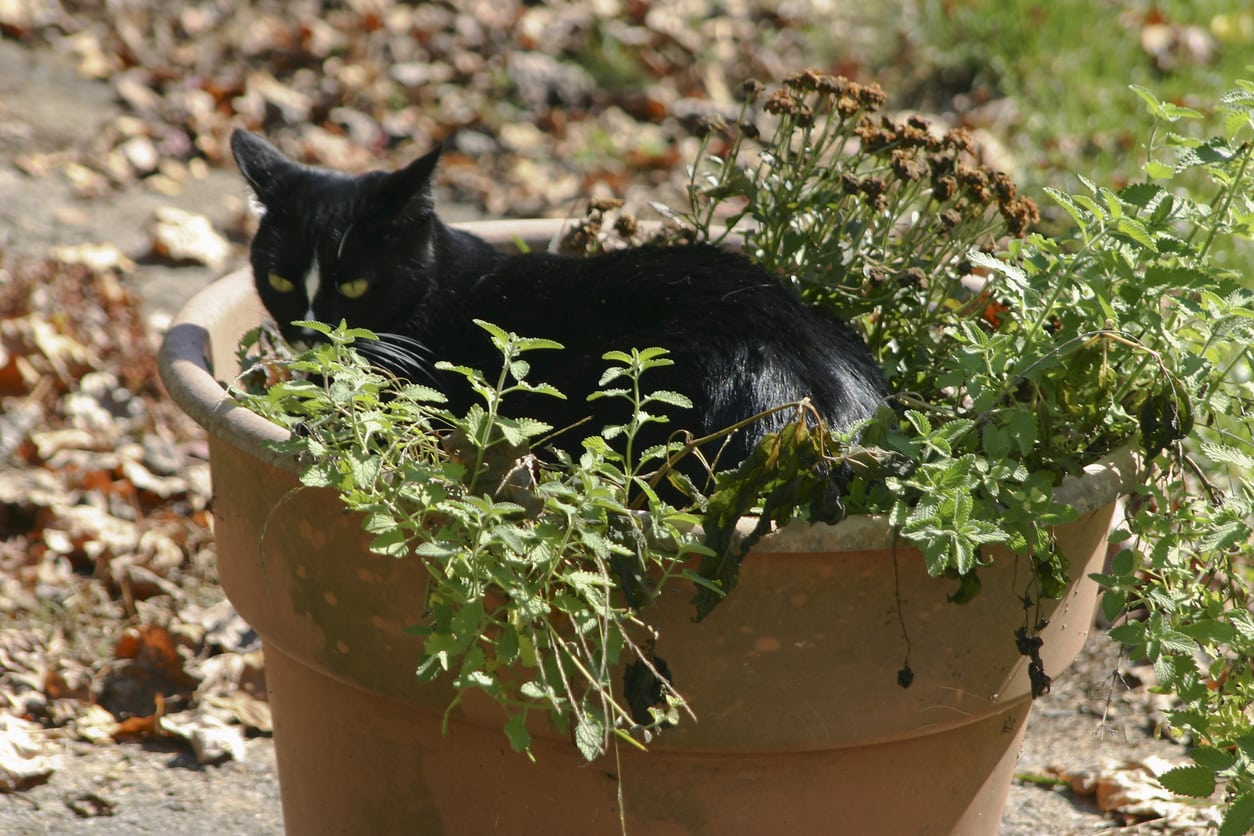

If you have kitties, you know they are passionate about catnip plants. Organic catnip is best for your pet but it can be hard to source and quite expensive when you do find it.
You can grow your own organic catnip in containers, saving a bundle and having a ready supply always at hand, or paw.
Container grown catnip may also be moved indoors so house bound pets can enjoy the fresh, intoxicating aroma. Catnip container care is easy and suitable for even a novice gardener.
Considerations on Catnip in Containers
Watching a feline roll in delight as it enjoys the potent oils of a catnip plant is always amusing. Cats seem to be disposed toward this member of the mint family and, fortunately for us, it grows like a weed and can be harvested and dried several times without complaint.
In smaller gardens, potted catnip plants may be the only way your cat can have a consistent, fresh supply. Planting catnip in a pot is also attractive, with the notched, heart-shaped leaves and pretty spikes of purple-blue blooms.
Catnip is a perennial herb and will come back year after year. In garden settings, it can be quite aggressive and take over areas where it is not wanted. Planting catnip in a pot not only prevents the plant from spreading but allows you to bring it indoors for kitties that cannot go outside.
Place young plants away from kitty until they are large enough to withstand some serious loving. Cats will smell the plant from quite a distance, and your pets will show their affection to the herb in a variety of ways. Young plants simply can't withstand such direct and intense interest.
Gardening tips, videos, info and more delivered right to your inbox!
Sign up for the Gardening Know How newsletter today and receive a free copy of our e-book "How to Grow Delicious Tomatoes".
Growing Potted Catnip Plants
Catnip needs well-draining soil, full sun, and average water. Indoor plants seem to require more sunlight than outdoor plants, which are relatively unfussy.
This herb can grow very tall and tends to be leggy in areas with low light. Provide plenty of light and pinch back young growth to prevent lanky stems that go every which way.
Use a porous potting soil when planting catnip in a pot. You can also make your own with perlite, peat, and soil in equal amounts. Start catnip in flats initially and transplant them when they have two sets of true leaves. Plant seeds just under moistened soil and cover flats with plastic lids until germination. Keep flats in a bright, warm location. Mature plants will get a couple feet (61 cm.) tall without pinching and they have a wide root system. Use deep containers that allow for future growth once transplanting is necessary.
Catnip Container Care
Container grown catnip doesn't have as many pest and disease issues as the herb outdoors. However, catnip is very sensitive to waterlogging and should only be watered when the surface of the soil seems dry, and then water deeply.
Pinch young growth back to encourage a more shrub-like appearance. If flowers appear, snip these off to push more leafy growth.
Feed once yearly in spring with a diluted indoor plant food. In summer, move the plant outdoors so it can enjoy more light. However, this can invite common pests of catnip such as whitefly, scale, aphids, and mealybugs – so keep this in mind.
You can harvest catnip for your cat’s continued enjoyment. Dry the leaves and seal them in plastic bags in the freezer for fresh stuffing in your cat's toys.

Bonnie Grant is a professional landscaper with a Certification in Urban Gardening. She has been gardening and writing for 15 years. A former professional chef, she has a passion for edible landscaping.
-
 Looking For Plants To Give You The Soft And Fuzzies? Try These 5 Fuzzy Leaf Plant Options
Looking For Plants To Give You The Soft And Fuzzies? Try These 5 Fuzzy Leaf Plant OptionsLovers of texture, drama, silver foliage and tactile plants will adore these special sensory garden additions. These fuzzy leaf plant options will leave you all aglow
By Susan Albert
-
 Get Ready For A Summer Of Hummers! Grow These Full Sun Hummingbird Plants and Flowers
Get Ready For A Summer Of Hummers! Grow These Full Sun Hummingbird Plants and FlowersIf you’re lucky enough to enjoy a sunny backyard, make sure you are maxing out on your pollinator opportunities and grow these full sun hummingbird plants and flowers
By Tonya Barnett
-
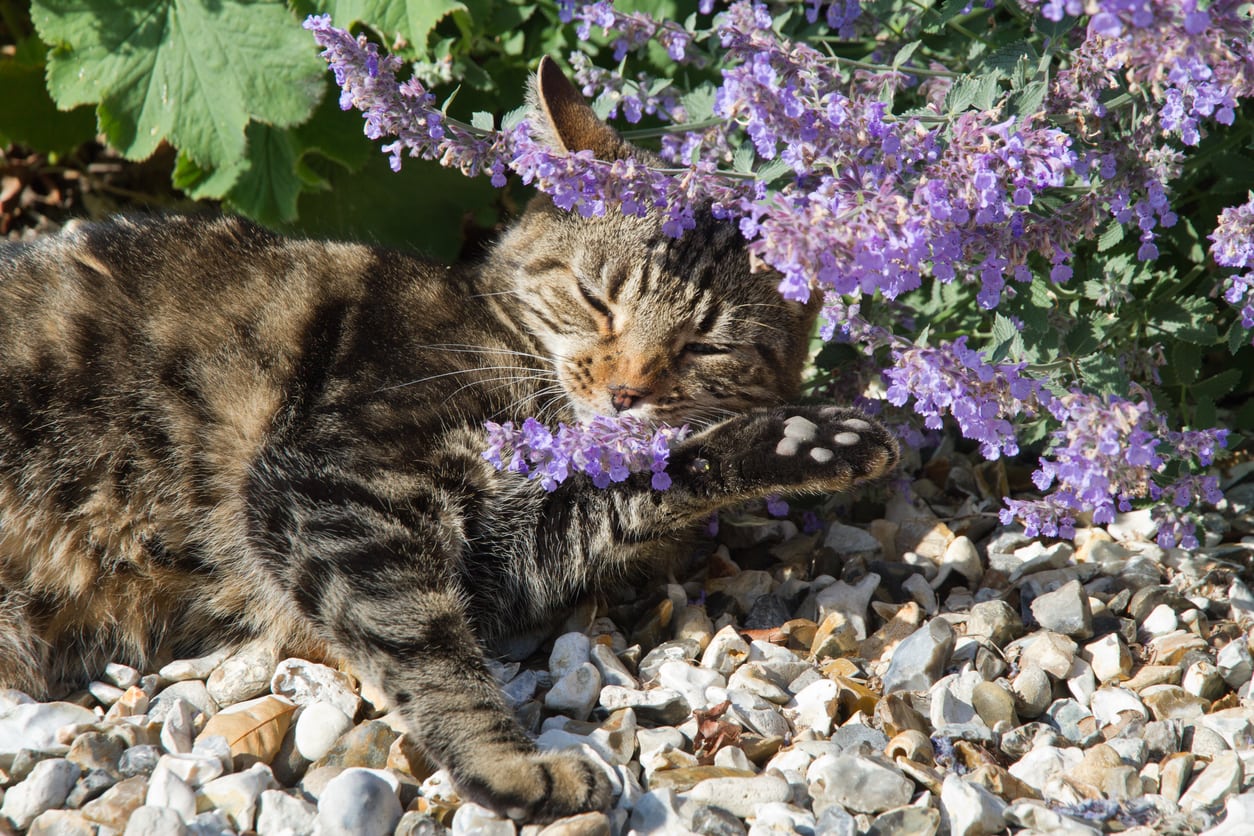 Catnip Winter Care – Is Catnip Winter Hardy
Catnip Winter Care – Is Catnip Winter HardyEven if you don’t have cats, catnip is a perennial herb that is easy to grow and attracts bees and other pollinators. You can even make a tasty and stomach-soothing tea from it. Depending on where you live, winter can be a little harsh on your catnip, so learn how to protect it here.
By Mary Ellen Ellis
-
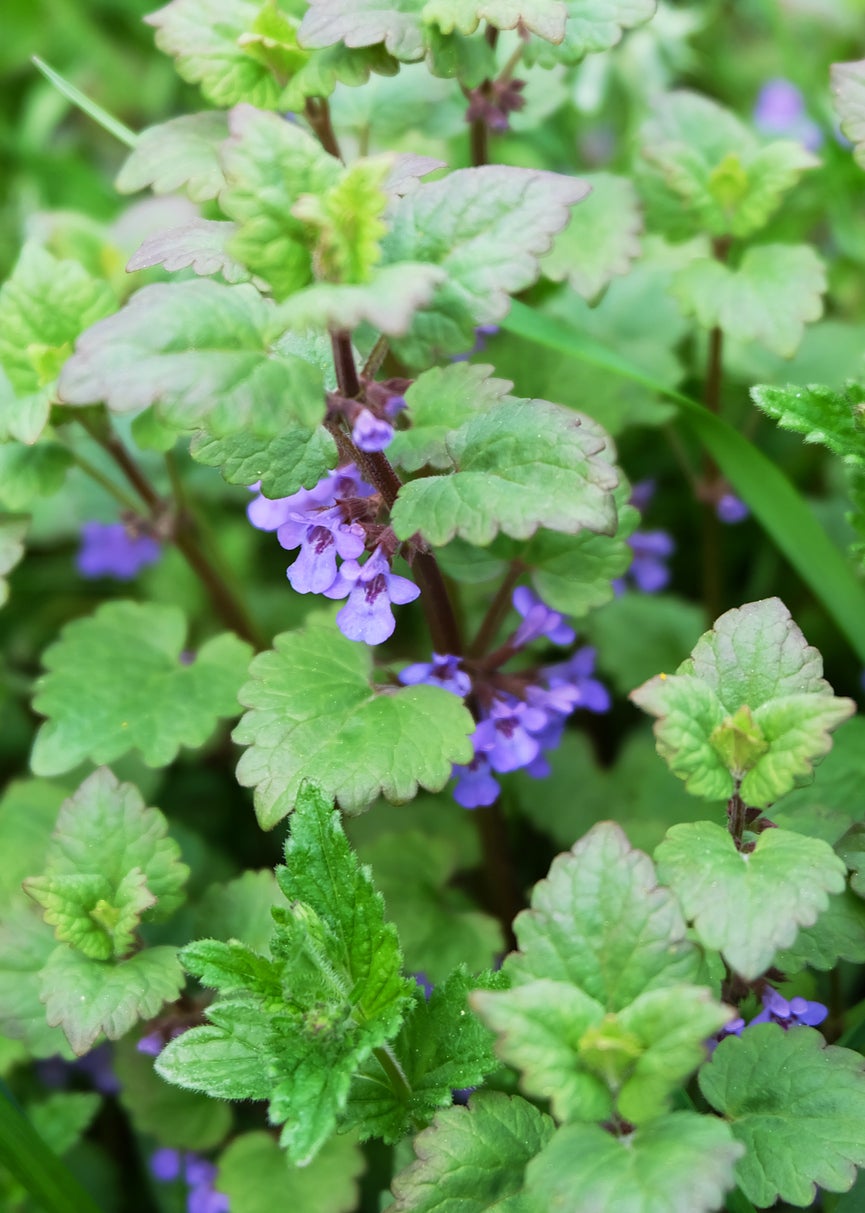 Cutting Back Catnip: Should I Prune Catnip Plants
Cutting Back Catnip: Should I Prune Catnip PlantsCatnip is a no-fuss, easy-to-grow member of the mint family that requires little maintenance. What about pruning catnip plants though? Is cutting back catnip necessary? Click here to find out about pruning catnip plants and, if need be, how to prune catnip.
By Amy Grant
-
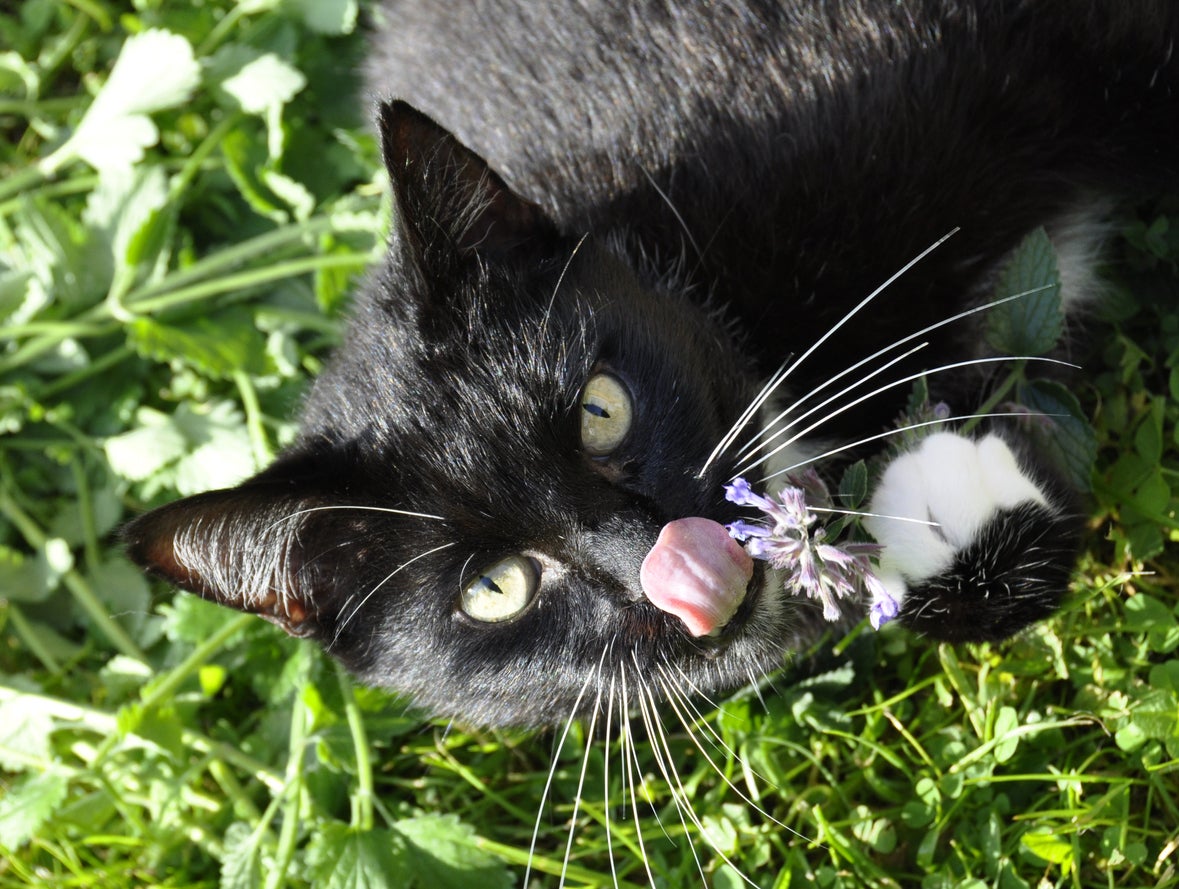 Planting Catnip For Cats: How To Grow Catnip For Cat Use
Planting Catnip For Cats: How To Grow Catnip For Cat UseIf you have cats, then you are more than likely to have given them catnip or have toys for them that contain catnip. As much as your cat appreciates this, he/she would love you even more if you provided them with fresh catnip. Learn about planting catnip for cats here.
By Amy Grant
-
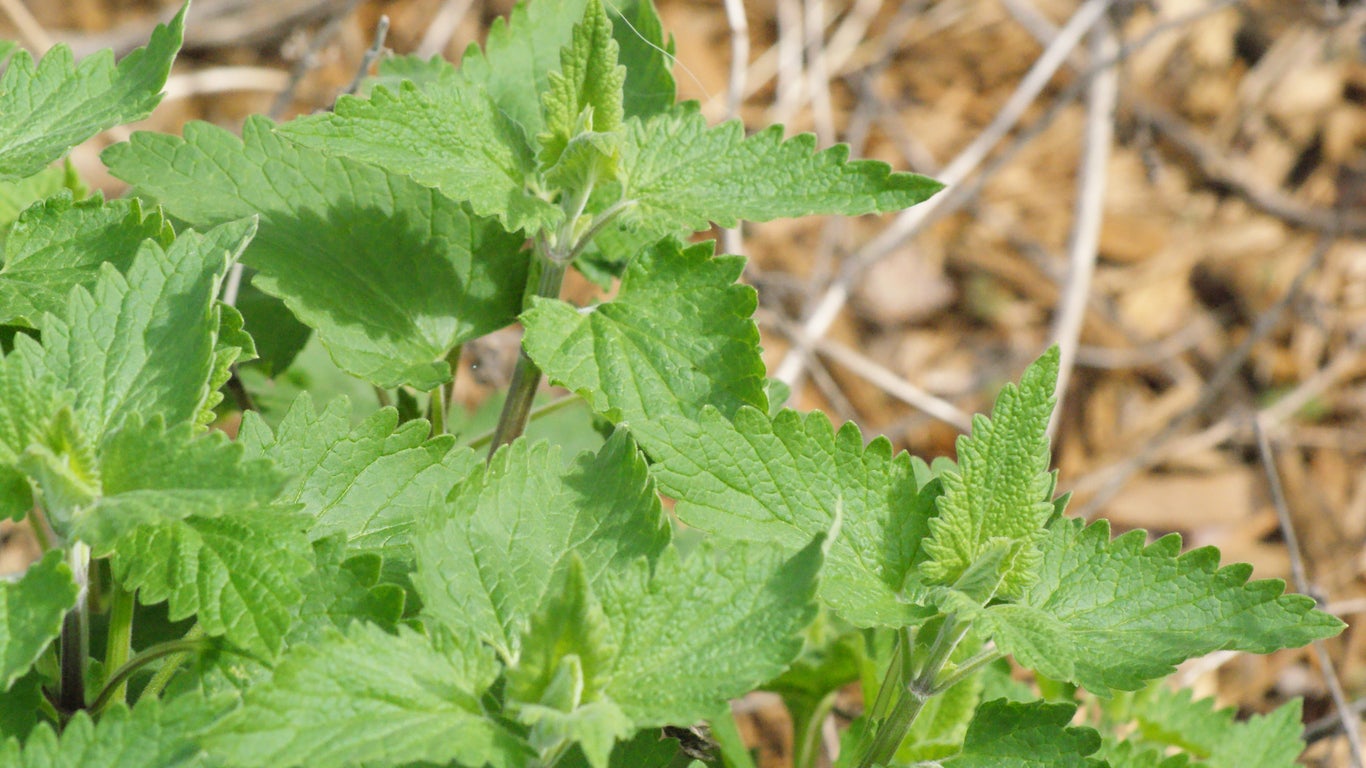 Treating Catnip Diseases – How To Manage Problems With Catnip
Treating Catnip Diseases – How To Manage Problems With CatnipThere are few issues that will seriously affect the plant's health. They take quite a lot of abuse from overly interested neighborhood felines. However, if your plant looks sick, fungal issues are probably the most common diseases of catnip. Learn more here.
By Bonnie L. Grant
-
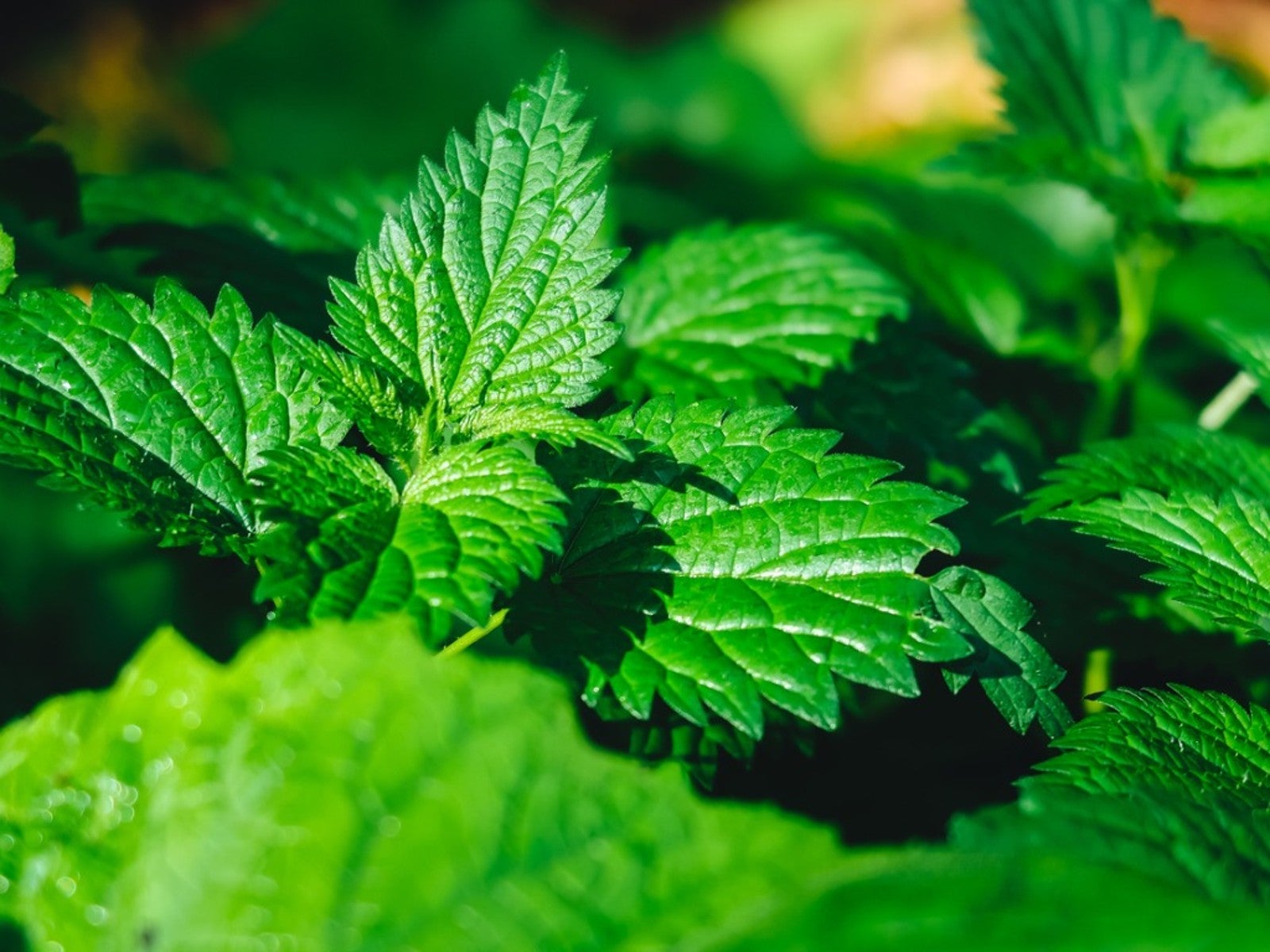 Catnip Propagation Methods – Tips For Growing New Catnip Herb Plants
Catnip Propagation Methods – Tips For Growing New Catnip Herb PlantsDoes kitty love her catnip toys? Well then, perhaps you should grow your own catnip herb plants. Don’t know how to propagate catnip? Growing new catnip plants is easy. Click on the following article to find out about catnip propagation.
By Amy Grant
-
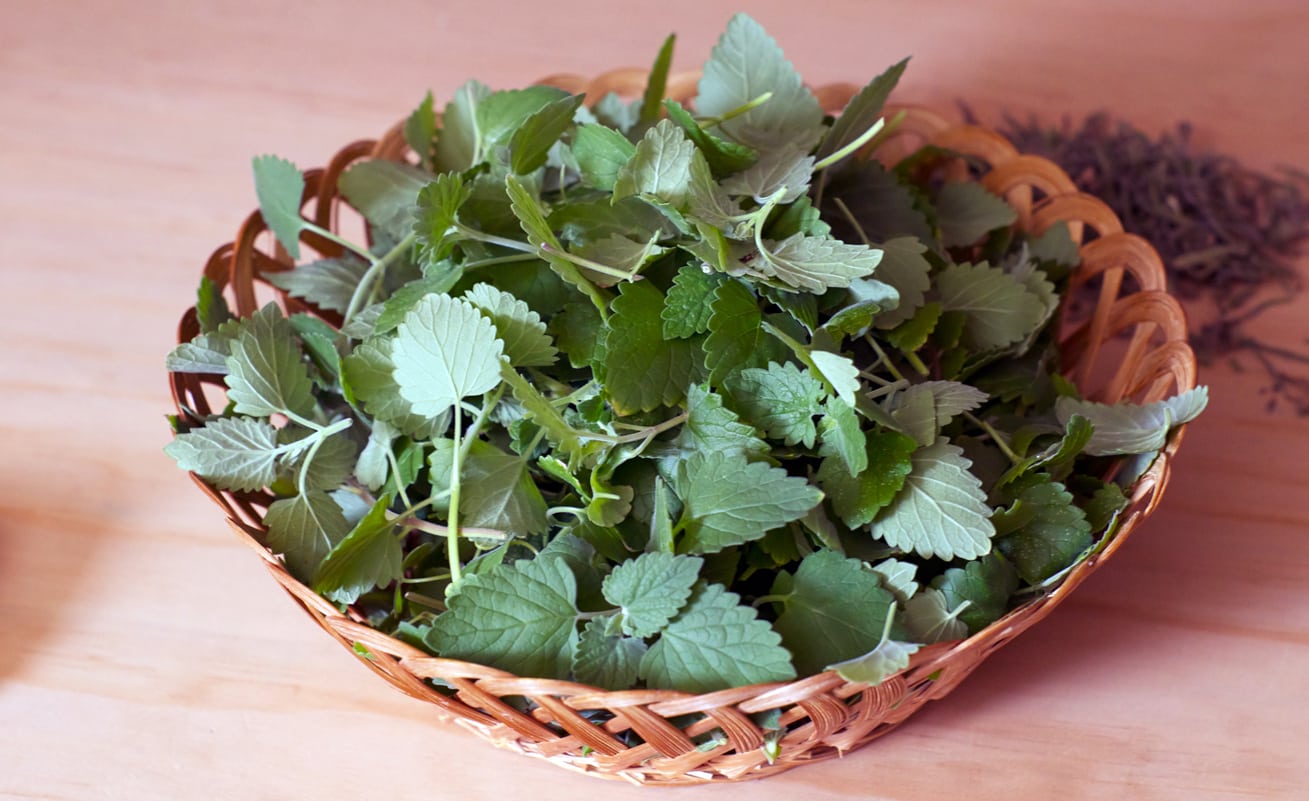 What Is Catnip For: Learn About Various Uses For Catnip
What Is Catnip For: Learn About Various Uses For CatnipThe name says it all, or almost all. Catnip is a common herb that you can cultivate in the garden but that also grows wild. Knowing how to use catnip means you can put this plentiful herb to good use for both you and your feline friends. Learn more in this article.
By Mary Ellen Ellis
-
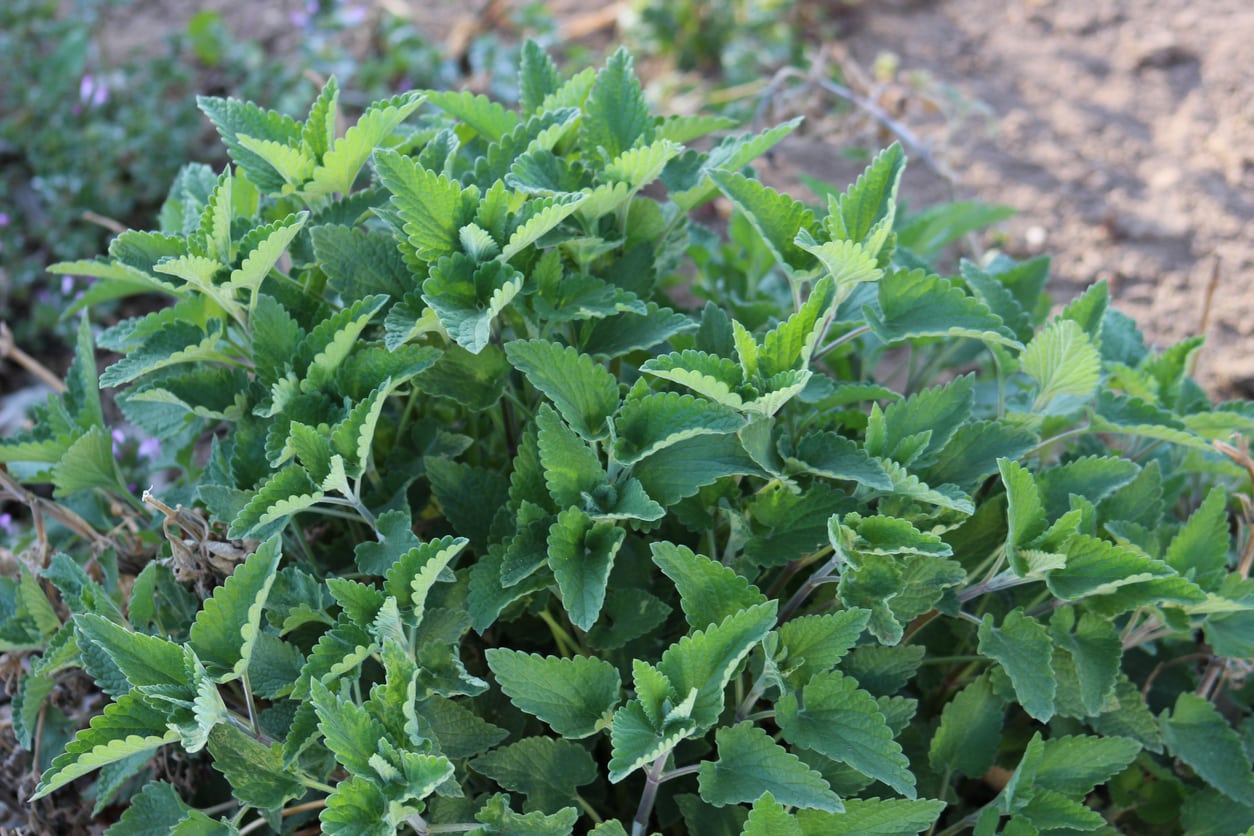 Catnip Plant Varieties: Growing Different Species Of Nepeta
Catnip Plant Varieties: Growing Different Species Of NepetaCatnip is a member of the mint family. There are several types of catnip, each easy to grow, vigorous and attractive. Learn more about the various types of catnip plants that you can add to your garden here in this article.
By Bonnie L. Grant
-
 Dogs And Catnip – Is Catnip Bad For Dogs
Dogs And Catnip – Is Catnip Bad For DogsCats and dogs are opposite in so many ways that it is no surprise that they react differently to catnip. While cats delight in the herb, rolling in it and becoming almost giddy, dogs do not. So is catnip bad for dogs? Can dogs eat catnip? Find out in this article.
By Teo Spengler